|
Is the world run by a clandestine conclave of vainglorious vinophiles? A silly question, perhaps? One almost as foolish as flat earth theory, ancient astronauts, or the belief that college is a worthwhile investment? We may have thought so too until we went on a little post-Christmas trip to France and were confronted by this startling hypothesis. Our tale began innocently enough. Doing our usual pre-trip research for a little holiday in France, we heard tell of a castle originally built in the 12th century called the Château du Clos de Vougeot. Interesting… Apparently, the Cistercian cellars and kitchens in the castle are original, too. Very interesting… We then learned that it was located smack dab in the middle of the Clos-Vougeot vineyard in the heart of Burgundy. Monsieur Château, you now have our attention… After budgeting out half of a day to visit this site, our focus then turned to other travel destinations. Fast forward a few months, and we’re driving up the long cobblestone road to the Château, passing acre upon acre of Burgundy vines silently waiting for the end of their winter slumber and a return to their awesome purpose of making world-class grapes. The area around the Château is very flat valley and affords wide views of the peaceful French countryside. Approaching the designated parking lot, we noticed uneven stone walls. As you know, these are the bane of every tourist with a rental car who didn’t go through the economic charade of purchasing the highest level of rental insurance. In these cases, you take your (economic) life in your hands. Regardless, after bravely parking and hoping for the best, we entered the Château. We then learned some very unusual facts, and not just about wine. The Château is home to The Brotherhood of the Knights of Tastevin. This society, founded in 1934, is – at least on the surface – supposed to be focused on the development and maintenance of Burgundy wine and gastronomy. Strangely, the 12,000 or so members are not all living in the Château, or even in France. The oldest “commandery” of members is actually found in the United States. Odd, no? A wee peek at the member list may raise even more eyebrows. Both Charles de Gaulle (of Paris airport fame) and Emmanuel Macron (current president of France and student of the famous philosopher Paul Ricoeur) were/are both members. You may say, “But they’re French, and you know how those people feel about wine. It’s not strange at all”. Well, what if we told you that Angela Merkel, Willy Brandt, and Helmut Kohl – all former German chancellors – were also members? What does Angela have to do with Burgundian gastronomy? I doubt the woman has even seen a snail in the wild, let alone eaten one stuffed with garlic, butter, and minced parsley. Oh, but it gets more interesting… American director Alfred Hitchcock, Canadian entrepreneur Kevin “Mr. Wonderful” O’Leary, and British politician Andrew Mitchell can be found on the brotherly Knights’ member lists. This seems like quite a strange and diverse cavalcade of characters taken from the world stage. It raises interesting questions. What are they up to at meetings? Of course, they could just be innocently choosing to use time which could be spent making billions of euros and altering current world events to figure out whether Roquefort cheese is better paired with cabernet sauvignon or merlot. As you know, powerful people are well-known for their love of wasting time on frivolities which don’t directly benefit them. Or, is it possible that they’re up to other sorts of shenanigans? Now, we don’t want to recklessly cast conspiratorial aspersions, dear reader, but which option seems more probable to you? Are the “Knights” debating the best ways to prepare coq au vin, or are the futures of every man, woman, and child on this planet being shaped by powerful purple-red stained hands? We can't say for sure, but can only ask the questions. May Bacchus protect us from any listening devices that may have been secretly implanted in the bottle of Beaujolais we stowed in our luggage... Getting there
Château du Clos de Vougeot is a solid three-and-a-half-hour Southeast drive from Charles de Gaulle airport or a mere 21-minute drive from Aéroport de Dijon-Bourgogne. The Château has a very good website with all you need to know about getting there, fees (i.e., 9 euros for entrance), scheduled events etc. The staff at the Château were uniformly helpful and friendly. It was a fun and enjoyable visit even if we didn’t chance upon any evidence of human sacrifice, adrenochrome, reptilian shapeshifters, or other conspiratorial stuff. https://www.closdevougeot.fr/ Tips The Château is a popular place and will get bus tours, so do your best to visit during off-peak hours or during weekdays. Make sure to watch the movie offered at the site, too. Side Trips There is so much good tourism around this site that you would have no problems spending a couple of weeks in the area. Dijon and Dole are within striking distance of the Château and good wineries are dotted along the countryside. If you have a bit more time, we highly recommend you find a place to try a unique local specialty: vin jaune (i.e., yellow wine). The only places legally allowed to make this world-class product are found just an hour and thirty minutes’ drive northwest of the Château. We will cover vin jaune in a future post, so please check back.
0 Comments
Back in the good old days before facebook, cell phones, and Love Island, there was still wine. However, it didn’t come in glass bottles, fancy cans, or even cheap cardboard boxes. That beautiful beverage of Bacchus used to be stored in large clay jars sealed with tree sap!! This not only kept the bugs (and children?) out, but also imparted a strong taste to every single sip. Since it was always there, it presumably wasn’t any more noticeable than oakiness would be today, just one of many flavors which imparts interesting character. To the modern degenerate, though, the taste of pine sap in your fancy grape juice can be surprising at best, and ghastly at worst. Palates differ, though. Pine and wine remain a popular combination in one of the best wine regions of the world: Greece. The Greek people still produce and drink wine that tastes like the good old days. They call it retsina and it is produced by many vineyards. We like it, but it’s not for everyone. Making matters worse, the Greeks are smart enough to keep the good stuff for themselves. Therefore, much of the wine exported to the US and UK can be of pretty low quality. As a result, that first cheap bottle you drink could leave a bad first impression. It would be akin to meeting a supermodel, but only after she accidentally took PCP and went on a 48-hour cavalcade of drinking and fighting across the many dive bars of Kansas City with no time to shower, fix her makeup, or even properly accessorize. Just like retsina, you might want to give her another chance. So where can you get some good retsina in the states? You can try the imported section of your favorite wine store. If you are ever on the East Coast of the US, you could even try something a bit more local. The only wineries we are aware of which produce a good domestic retsina are Mediterranean Cellars and Molon Labe vineyard. Both are located in Virginia of all places. Both also have very good quality wine, but we prefer Mediterranean Cellars a wee bit more. They produce a white retsina called rechina. Having been there many times, we have it on good authority that the wise people of Mediterranean Cellars import their pine sap directly from Athens, so you will not be tasting the trees of Arlington or Richmond, but only the actual Greek stuff. This makes sense, as the founders of the vineyard hailed from the same land that gave us Homer, Heraclitus, and John Stamos. Now, if you are a bit of a wine snob, try to bracket your snootiness and give this interesting drink a shot. Some part of you out there must be bored tasting the same old Chardonnays and Pinot Grigios, so you should give it a try. You could even turn it into a quick meal by enjoying your retsina with some fresh bread, Greek feta, walnuts, raspberries, and dates. Tasting notes
Unlike traditional Greek retsina, Mediterranean Cellars’ rechina is far lighter on the pine. The judicious use of resin is more perfume-y and less overpowering, so it’s more accessible to a less adventurous palette. It tastes of:
Interestingly, this seems to get better and more complex as it gets warm. You can drink it cold, of course, but we prefer it closer to room temperature. Better yet, you could split the difference by pouring yourself a big cold glass and drink it slowly for a strange and rewarding taste experience. If you can, grab a bottle of the 2010 vintage before it sells out, as it is particularly good. Nick-named “The King of Wines” and “Wine of Kings”, tokaj aszú once filled the posh glasses of royalty and aristocrats all over Europe. Sadly, many wine snobs today haven’t ever had, or maybe even heard of this very special wine from northern Hungary. Hungarian wine? Are you joking? Before we started travelling, we didn’t know much about Hungary except for goulash, paprika, and the inimitable Bela Lugosi. But this one fact is true: Hungary makes some of the best white wines in the world. Learning this was extremely upsetting. All those bottles we could have finished had we known sooner. Youth is truly wasted on the young… Tokaj aszú is a VERY special wine. More posts on it will be coming, so we’ll be brief here. The base of this wine consists of some dry local varietals (e.g., Furmint, Hárslevelű, and Sárga Muskotály). To this is added grapes who have “the noble rot” (i.e., botrytis cinerea). This is a gentle way of saying that these poor grapes got infected with a special mold which caused them to shrivel up. As the grapes are affected by this wrinkly fungal shrinkage, the flavors and sweetness intensify. Having sampled some straight off the vine, let us assure you that the taste is extreme. Then, when all is ready, the master Hungarian winemakers mix baskets (i.e., puttonyos) of these moldy little raisins into the dry wine base. The more puttonyos listed on the bottle (i.e., usually 3-6) the more of that sweet funky raisin action can be found. If you can imagine a more intense French sauternes, you are getting in the general ballpark of the flavor of tokaj aszú We were on holiday in Teplitz, which is a beautiful spa town in northern Czech Republic, when we came up with this recipe. It is a beautiful town, and famous for two geniuses meeting there for the first time: Goethe (of Faust fame) and none other than Ludwig von Beethoven. They met, strolled about the town, and had lovely chats. So, it was in this locale (and running low on tokaj aszú) that we decided to turn tokaj aszú into a cocktail. Some may call this heresy, but it seemed like a good and reasonable idea at the time. The flavor is so intense, though, that it took a bit of trial and error. We eventually hit on the “simple is better” approach and formulated this recipe for what we shall call an Hungarian Kiss. Hungarian Kiss Recipe
Two boozes. That’s it. Is it even a cocktail? When you have two genius ingredients, who cares? After all, Beethoven and Goethe were able to have a great time walking around Teplitz and chatting about whatever the hell two world-class geniuses talk about. They certainly didn’t need a third wheel cocking-up the conversation, and this drink certainly doesn’t need any silly lemon wedge or mummified cherry. Enjoy! Tasting Notes This drink is sparkling liquid sunshine. Though simple to make, it tastes sophisticated, almost celebratory. This a good drink to whip out when you’re trying to impress a date or celebrate something special. The acidity of the aszú blends extremely well with the dry champagne. To our taste buds, it seems to make the acid even more complex and lingering on the tongue. The bubbly also cuts some the pronounced sweetness of the aszú and morphs this into a far-too-easy-to-drink libation with hints of honey, apricot jam, mild pineapple, and maybe even a bit of saffron. A plus to this recipe is that you can make the admittedly spendy bottle of tokaj aszú stretch a bit further and keep enjoying it. NOTE: If you have a hard time finding tokaj aszú, you might have some luck at Total Wine and More in the US or either Sainsburys or Waitrose supermarkets in the UK. "Commotion lotion"... "Wreck the hoose juice"... The infamous Buckfast Tonic Wine has gone by several popular names over the years. Formulated by Benedictine monks in beautiful Devon (UK) this holy libation with an unholy reputation is 15% ABV with about 45 grams of caffeine per every wine glass. No, that is not a typo… Tasting Notes
When cold, it tastes of sweet cherry cough drops, orange, apricot pits, and gummy bears with a powerful burst of artificial vanilla. It also has a strange, but not unpleasant, bitterness that could be chemical caffeine but we don’t care enough to check. As it warms you get a bit of a hint of barnyard funk and it begins to become less palatable over time. Though marketed as a fortified wine, it tastes like it is probably some sort of grape must that has been fortified with a high proof spirit. Cheap and sort of fun to drink (i.e., better than most reviewers would imply), we wouldn't recommend it too close to bedtime. It’s also fun for its “ned” (i.e., Scottish gopnik) associations. We will try it in cocktails in the near future. |
Categories
All
Archives
March 2025
|

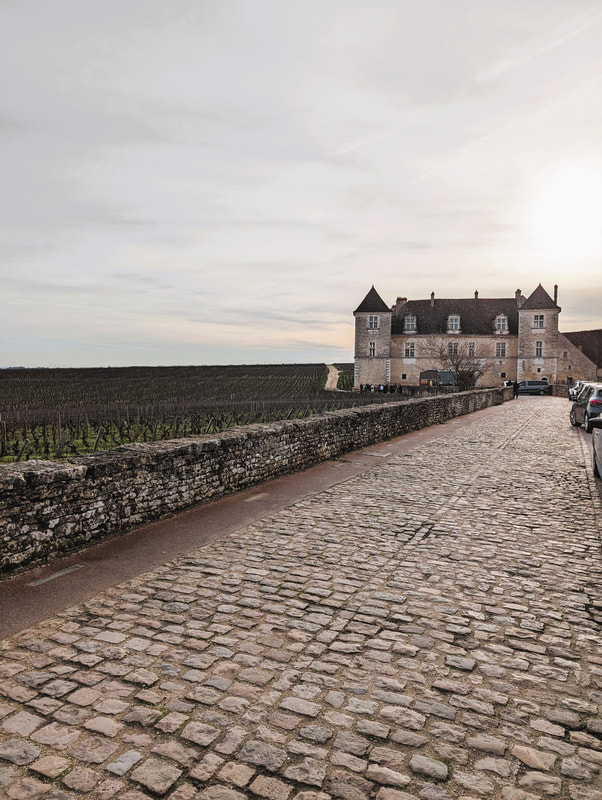
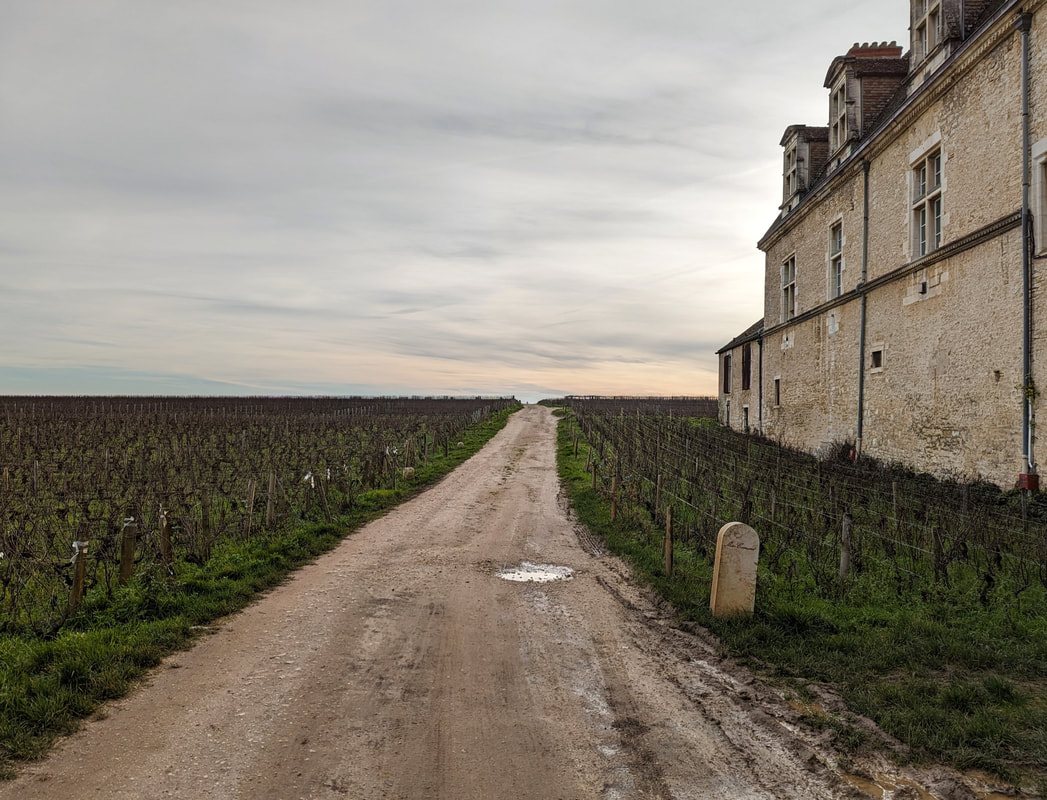
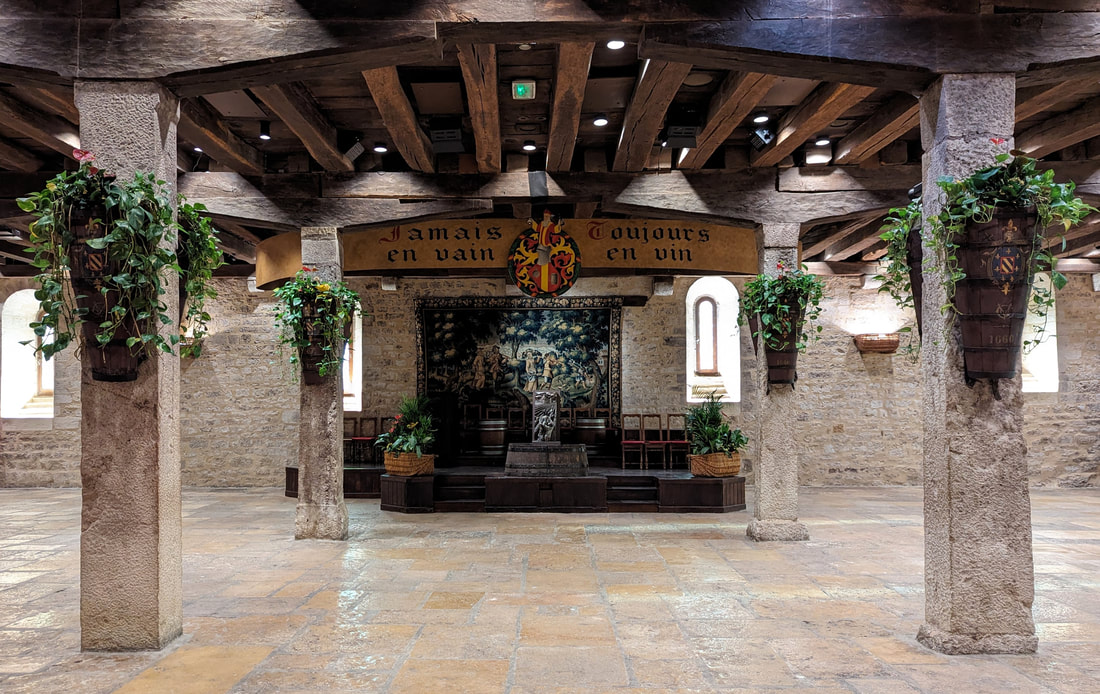
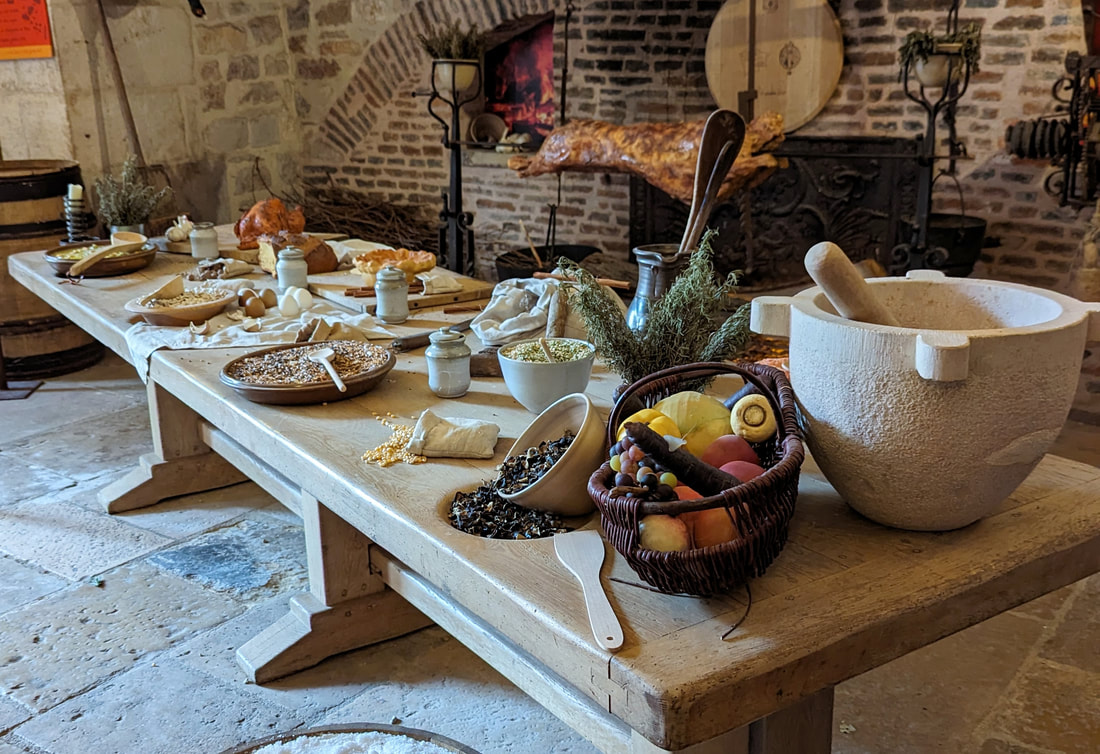
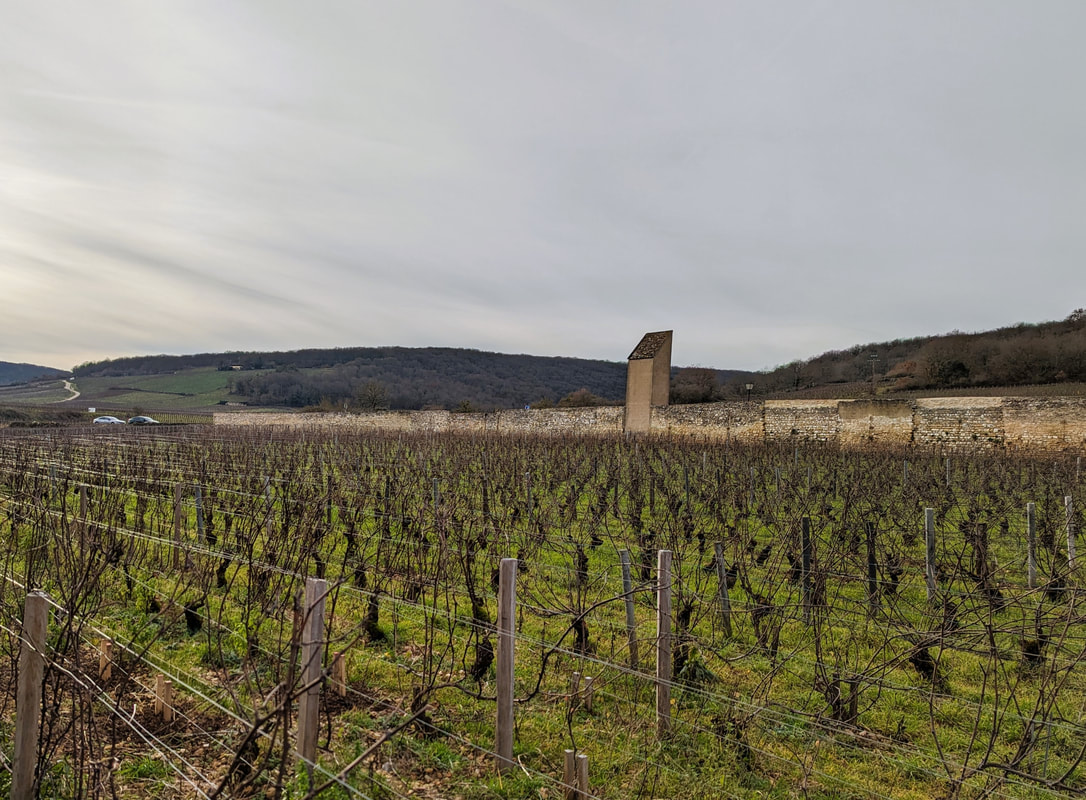
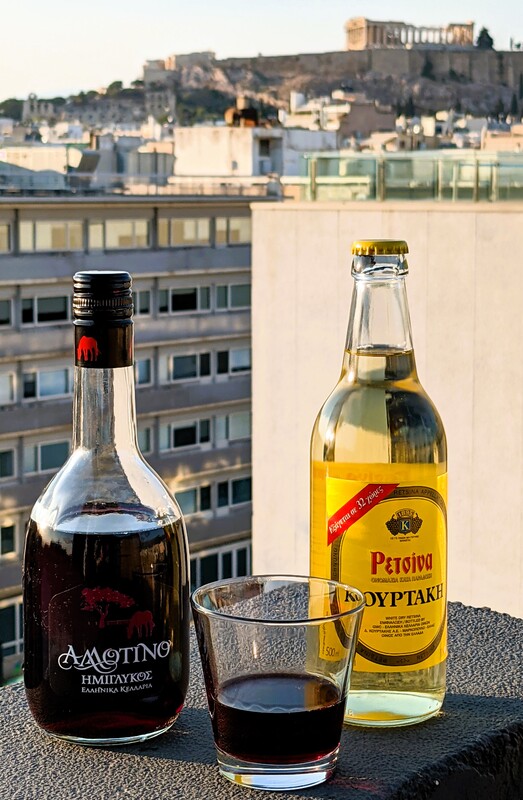
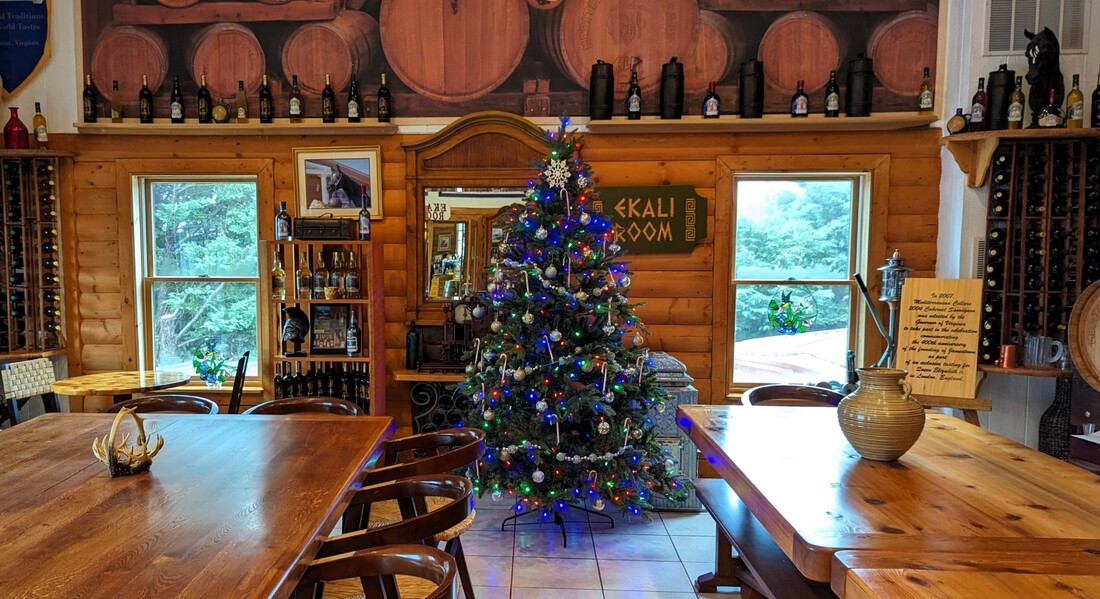
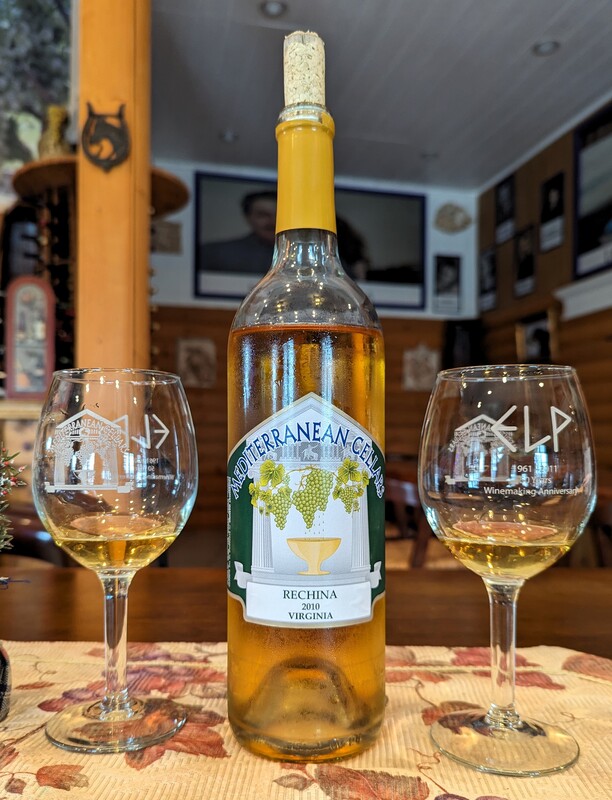
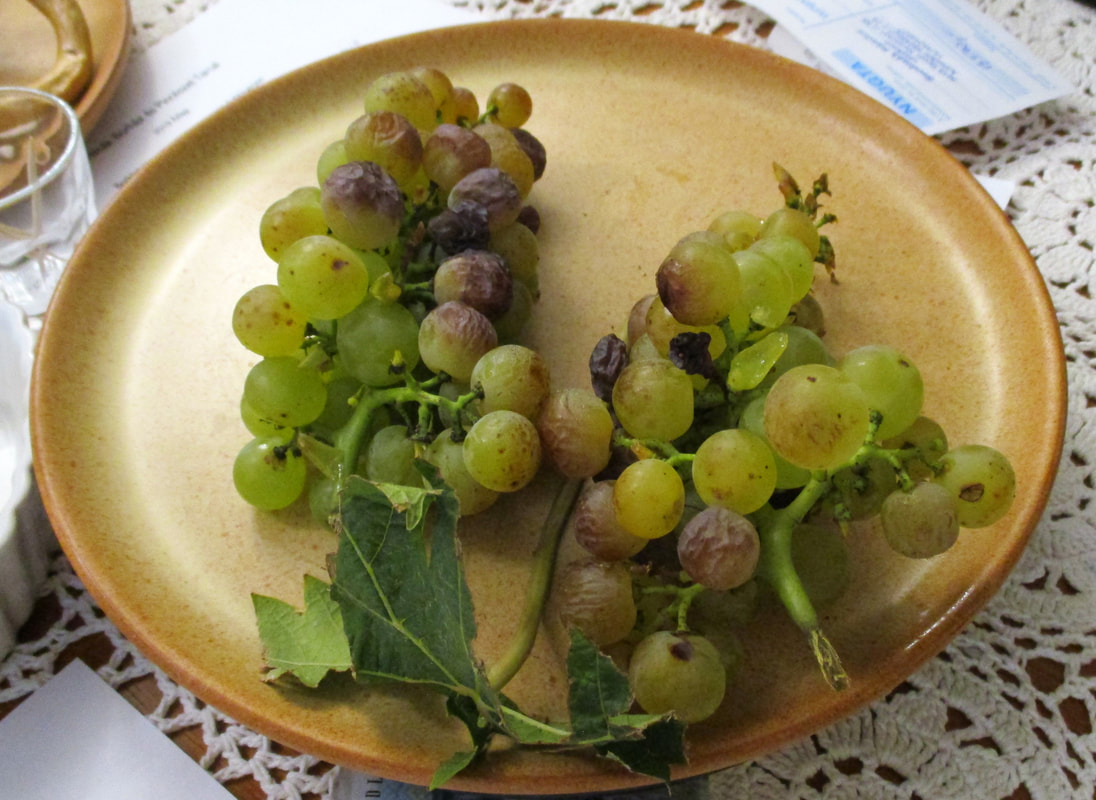
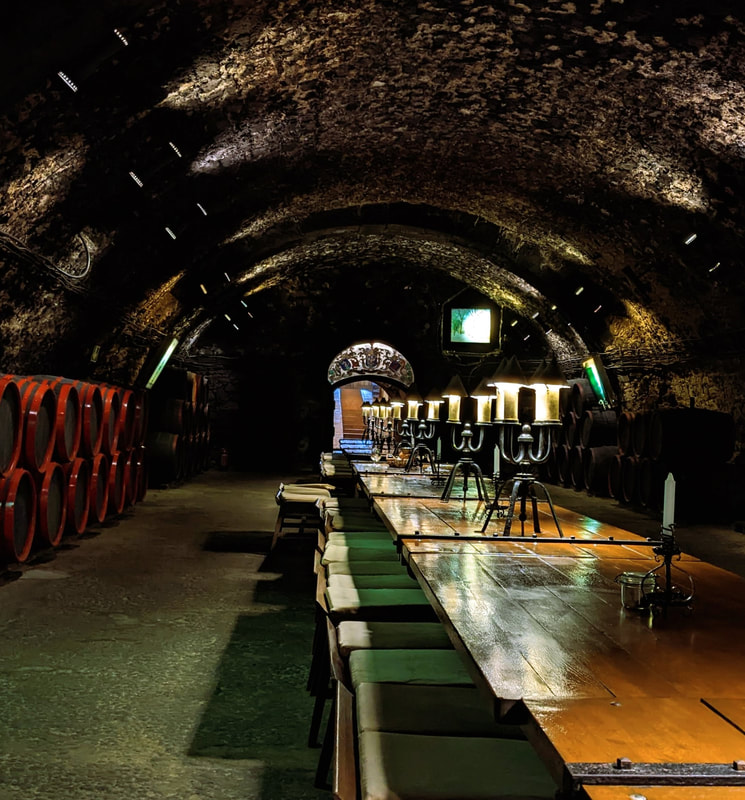
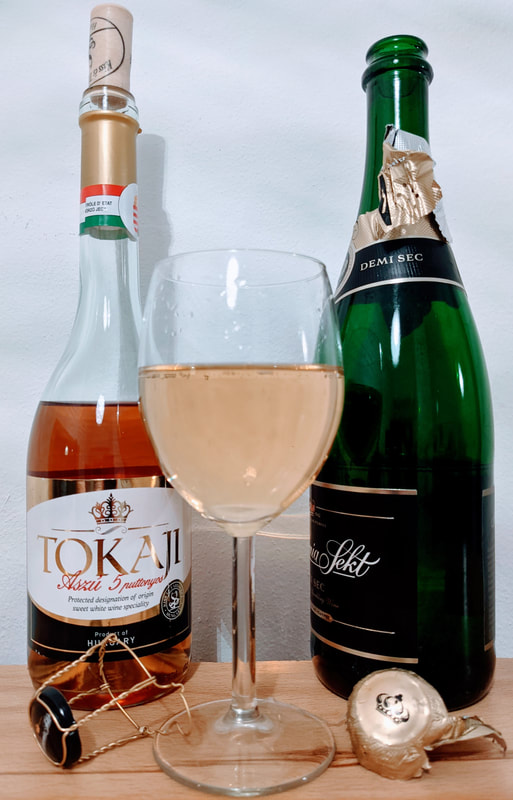
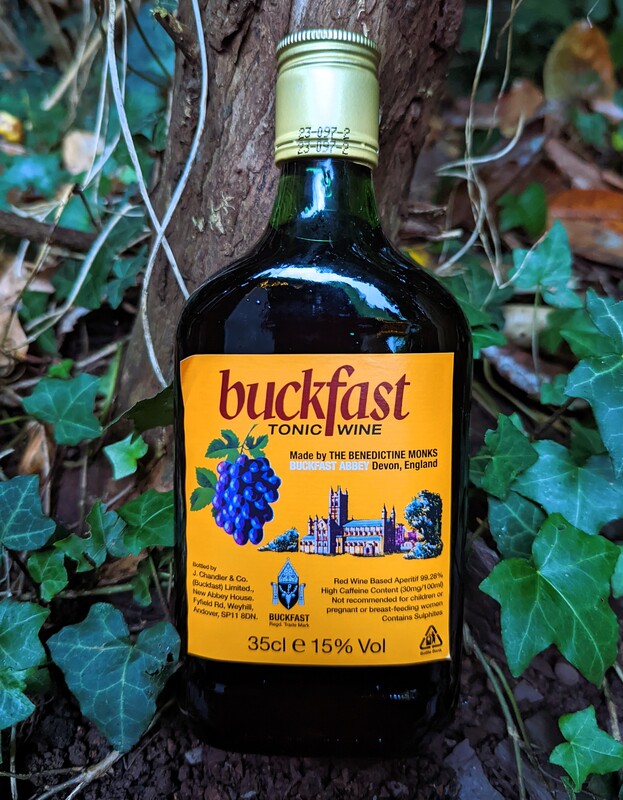

 RSS Feed
RSS Feed